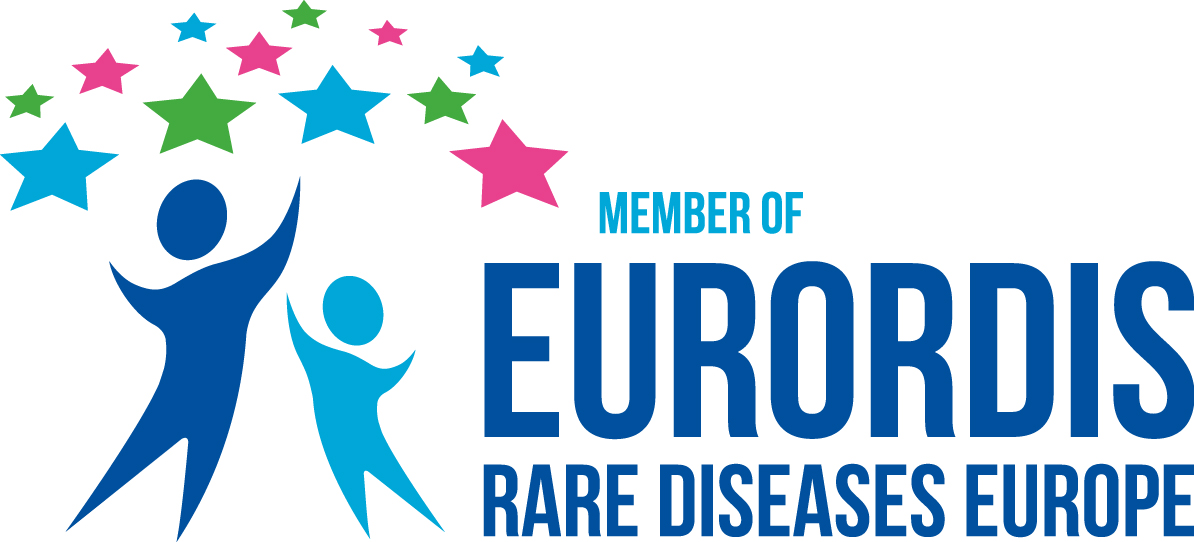
Who Is Affected
Understanding Superficial Siderosis
Imagine your subarachnoid space (a fluid-filled space surrounding your brain and spinal cord) like a roadway. As blood cells move along this roadway, they sometimes “pop” or burst open in Hemolysis. When they burst, they release a substance called heme. This is a bit like an oil spill on our imagined roadway.
To clean up this ‘spill,’ helper cells in your brain, Bergman glia, and Microglial cells jump into action. They produce a cleaning agent – an enzyme called heme oxygenase-1. This enzyme breaks down the heme and releases free iron molecules, carbon dioxide, and biliverdin. Your body then changes biliverdin into bilirubin, which your liver processes and removes.
Now, other helper cells step in. Glial cells make something called ferritin which sticks to the free iron, much like a sponge absorbing water. Over time, these ferritin-covered iron bits gather and create a layer called hemosiderin. This layer settles into your brain, brain stem, and spinal cord grooves. Think of it as rust settling in those grooves.
How you position yourself matters. When you lie down, your brain’s lower part, the cerebellum, can be more affected. But your spine is more at risk when you’re up and about, walking or sitting. The pathways carrying fluid around your brain can also coated in this rust-like layer. Over time, exposure to these iron bits can harm your nerve cells, leading to nerve damage and other problems in the brain.
In the U.S., the estimated case count has now risen past 500 patients. Two critical milestones have contributed to this increase in identifying patients; improved MRI techniques and increased awareness of the disorder by neuroradiologists and audiologists. The actual occurrence of superficial siderosis of the central nervous system is believed to affect a far greater population than is currently diagnosed.


